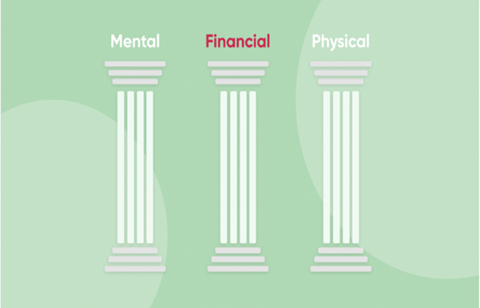
Employee wellbeing has three pillars: physical, mental and financial.
Today, each is recognised as critical to developing a strong, healthy organisation.
Get employee wellbeing right, and it can help you build what McKinsey, a global management consulting firm, would class as a “non-traditional employee value proposition”. This is where you make your organisation an attractive workplace for current (and future) employees, beyond the traditional aspects – like salary, job title and career progression.
It also helps the bottom line. A recent Saïd Business School study found that organisations with a high level of employee wellbeing are more likely to have high employee productivity and low employee turnover.
These result in:
- Better work output across the organisation
- Lower recruitment costs
With much of the world now in economic turmoil, HR, benefits and wellbeing leaders must get their employee wellbeing strategies into shape. The resilience of your organisation depends on the wellbeing of your people.
To discover more about the three pillars of wellbeing, why you need them and how they work together, click here.


























